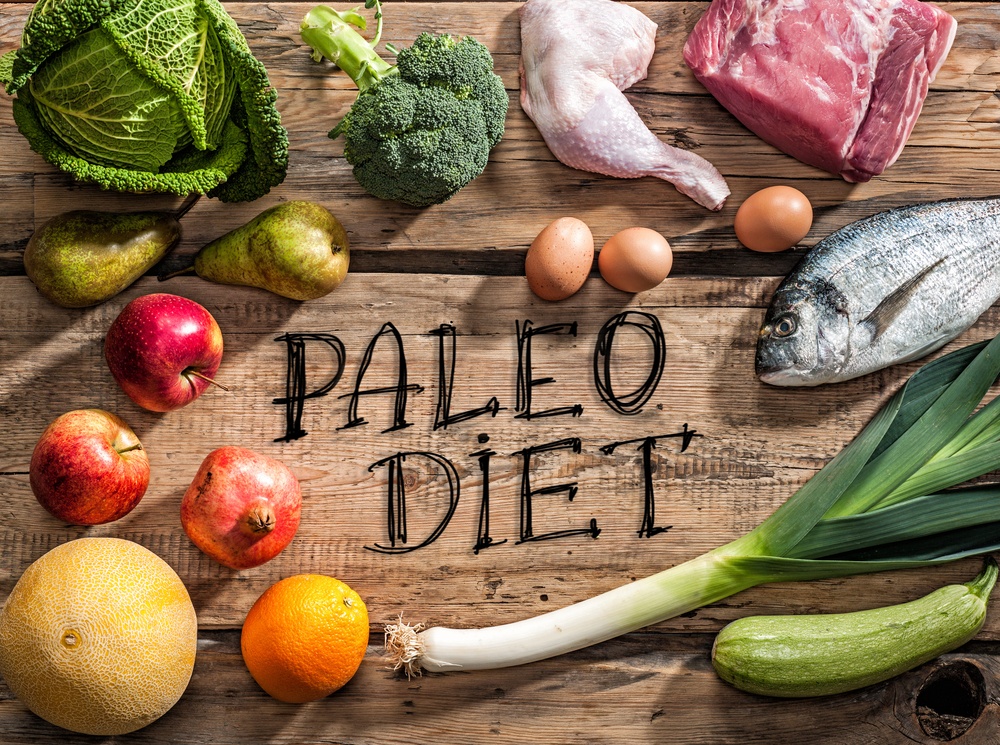We're not quite ready to trade our morning mug of coffee for a hot cup of bone broth, or our blueberry muffin for a gluten-free scone. But your customers might be.
The paleo diet has grown to become "one of the most influential dietary trends in the country, with as many as three million followers and a disproportionate cultural influence," reports Salon. And as many as one in five Americans include gluten-free foods in their diets, Gallup found.
Considering altering your menu so you can join the ranks of paleo restaurants or gluten-free restaurants? Here's a look at the dos and don'ts for restaurateurs.

Do take the time to understand gluten-free and paleo diets.
The popular understanding of paleo is that it's "caveman food" — lots of meat, veggies and fruit, no bread or sugars. That's halfway true, but it's much more complex than that. Not just any meat is acceptable in a paleo diet; it must be pasture-raised, and fatty cuts are often preferred to lean ones. There are many different variations of the paleo diet, so read up on the options.
Gluten-free diets, on the other hand, are inflexible. While the main thing to remember is avoiding the BROWS grains — barley, rye, oats (unless labeled GF), wheat and spelt — gluten lurks in many other ingredients, such as malt flavor and soy sauce. Cross-contamination from fryers, toasters or cutting boards can produce a serious reaction in someone with celiac disease, so use care when adding gluten-free labels to the menu.
Do aim for menu transparency — and educate your servers, too.
An unfortunate side effect of today's hyper-customized dining environment is the clueless customer. Every server has encountered guests who insist they're allergic to gluten and then dive into the bread basket.
Even among informed diners, preferences vary dramatically. Some paleo diets permit dairy. Some don't. Some paleo diners eat a small amount of beans and grains. Some won't. A few people even eat "raw primal," which consists of foods like raw eggs, raw milk, raw meat, green juice, and fermented veggies. We imagine they don't eat out much.
The solution to keeping diners happy and servers sane is transparency. Label paleo, vegan and gluten-free menu items clearly. At P.F. Chang's, all gluten-free items are served on a specially marked plate; at Red Robin, they're brought in different color baskets. Train your servers to answer detailed questions about ingredients and sourcing.
Don't reinvent your entire menu to cater to special diets.
Instead, figure out what you already do well that can be adapted to paleo or gluten-free palates. “Every chef knows how to make stock, everyone uses it as an ingredient, but it would never occur to anyone that you could sell it,” chef Marco Canora told The New York Times. That's why Canora opened Brodo, a broth take-out window next to his restaurant, Hearth, in the East Village.
The investment was minimal, as the broth was already simmering on the stove at Hearth. The response to his "chef-crafted sipping broths" has been overwhelming — and profitable. Prices range from $5.50 for 10 ounces of organic chicken broth to $10.25 for 16 ounces of the gingered beef.
Another possibility is simply to start small. Richmond, Va. chef Kendra Murden, who is herself gluten-free, advises restaurants to experiment with lunch. "It's really hard for people with gluten allergies to have lunch," she says, as salads are often their only option. Murden's restaurant The Roosevelt was recently name-checked by National Geographic in its list of top global food destinations in 2016. Get more tips from her on developing a gluten-free menu.
Don't just satisfy them. Delight them.
What do paleo practitioners miss most? Dessert and drinks. So give it to them! John Dalton is co-owner of mEAT on Halsted Street in Chicago, a restaurant that serves mainly skewered meat. mEAT's avocado mousse with cocoa powder delights even non-paleo diners. "The inhalable alcohol also is fun for people that feel trying that isn’t cheating their paleo diet," Dalton says. Wait — inhalable alcohol? It's served in the Vaportini vaporizer, a glass globe heated by a candle flame. mEAT also serves a selection of gluten-free ciders and ales.
Don't leave your loyal customers behind.
You may picture a paleo restaurant as an earthy-looking cafe, maybe with pictograph decor. But Houston's Corner Table is an elegant bistro — and a model for how to incorporate paleo principles while still pleasing mainstream eaters. Amid traditional menu items like the wedge salad and seafood pasta, chef Brandon Lampert adds enticing paleo surprises, such as raw vegan pad thai and veggie lasagna with cashew ricotta.
Dalton knew from the beginning that he wanted to cater to gluten-free customers — of which he's one. "We definitely thought about GF and paleo customers in developing the concept of mEAT," Dalton tells Hamilton Beach Commercial. "Even the name gave a nod to it." At the same time, however, he wanted the restaurant to attract locals who eat a more conventional diet. "I would say that Chicagoans do still like their home cookin'," he says. To draw the widest spectrum of customers, the menu includes "a good balance of healthy and Chicago comforts": everyone gets kale chips as a starter, but you can also order a giant meatball.
Are you adapting your menu to paleo, gluten-free or other diet trends? Tell us about it! We may feature your restaurant in an upcoming article.
to edit your new post...


